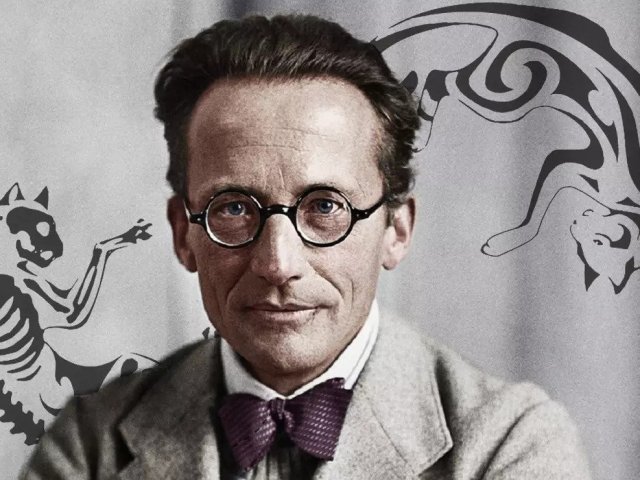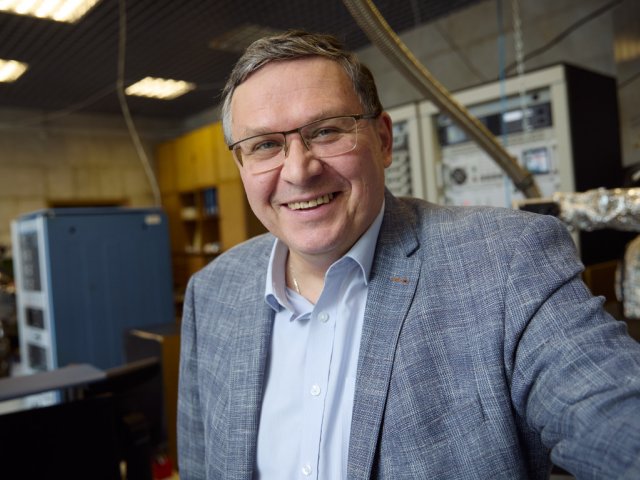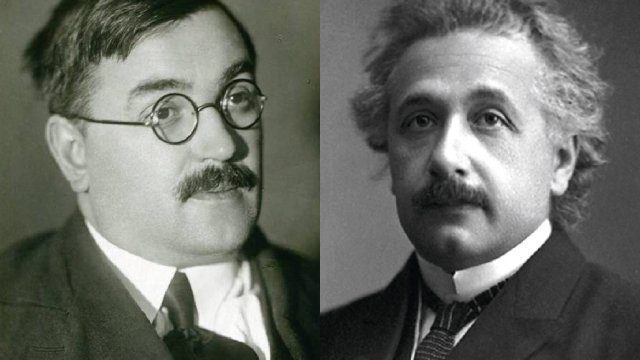Official:
Louis Pasteur. December 27, 1822 – September 28, 1895. French microbiologist and chemist, member of the French Academy. One of the founders of microbiology and immunology.
Invented pasteurization, was treating beer and wine. Saved humans from rabies.
Life and Work:
“Paris, Ulm Street. To the one who creates miracles.” The Parisian postmen did not hesitate at all and delivered the letter to the magician. His name was Louis Pasteur.
The chronology of the great French scientist’s scientific biography is engraved in stone. The memorial plate installed on the École Normale building has this very inscription:
“There was Pasteur's laboratory here.
Year 1857. Fermentation.
Year 1860. Spontaneous generation.
Year 1863. Silkworm diseases.
Year 1865. Wine and beer diseases.
Year 1881. Infection and vaccine.
Year 1885. Rabies prevention”
1. The correct pronunciation of the scientist’s family name is “pæˈstɜːr/.” Louis Father, Jean Pasteur, was a veteran of the Napoleonic Wars, but this fact did not bring the tanner from the small town of Dole, Jura department, a lot of wealth.
2. Pasteur did not study at school very well – he was much more interested in fishing and drawing. Louis was especially good at portraits: of his relatives, friends, neighbors. The portraits that Pasteur created when he was 15 are now exhibited at the Museum of the Institut Pasteur in Paris.
3. Pasteur became addicted to reading at the Collège d’Arbois, received a bachelor’s degree in art, and then – not without difficulty! – became a Bachelor of Science at the Collège Royal at Besançon. It’s funny that his grade in Chemistry was mediocre.
4. However, he did not manage to avoid his destination anyway. After finishing the École Normale Supérieure, Louis Pasteur became professor of chemistry at the University of Strasbourg.
5. Pasteur’s first scientific studies of optical molecular asymmetry created a basis for stereochemistry.
6. In Strasbourg, Pasteur met Marie Laurent, the daughter of a university’s rector. They were married and together had five children, but three of them died of typhoid. These personal tragedies specifically made the scientist look for the causes of diseases and treatment for them.
7. Louis Pasteur started his professional life as a chemist but quickly became interested in what would later be called microbiology. This science had not existed before Pasteur.
8. First of all, Pasteur proved that the fermentation process does not have a purely chemical nature, as it was assumed earlier, but is possible only in the presence of special microorganisms.
9. Then he started studying the likelihood of the spontaneous generation of microorganisms empirically. He sterilized a culture medium and placed it in an open flask with a long and curved neck. The flask was staying in the air for a long time but nothing was born in it – bacteria used to settle on its bends. Then he broke off this neck, and a colony of microorganisms grew on the medium. The Academy of Paris awarded Pasteur, and the question of spontaneous generation was closed once and forever.
10. A wine manufacturer from Lille was annoyed that every year a significant part of his wines had been spoilt and he had used to incur losses. He asked Pasteur for help, and this is how the world received pasteurization – heating to 60-70 degrees to make microbes die.
11. After the French were defeated in the Franco-Prussian War, Louis Pasteur announced that he would avenge Germany with its own weapon. He kept his promise and created pasteurized beer that he called “the beer of national revenge.”
12. All these important and useful works were only a prelude to Pasteur’s main scientific achievements: saving the planet from infectious diseases. He not only proved the microbial nature of infectious diseases, not only discovered the causative agents of many diseases – Pasteur taught people how to save themselves: he found a single method to struggle against any infection – vaccination with weakened bacteria.
13. The Savior of Mankind himself had very bad health state: Pasteur suffered cerebral hemorrhage at the age of 45. He became disabled:
his left hand was inactive, his left leg was dragging on the ground. However, even being unhealthy, Pasteur continued working. Moreover, he made the most significant discoveries after that. When the scientist died, it turned out that a huge part of his brain was destroyed.
14. In 1881, Pasteur made a striking experiment with sheep to demonstrate that it was possible to defeat anthrax.
15. In 1885, he also defeated rabies. His success was so great that they started opening Pasteur stations all over the world – the very first one was opened in Odessa by Ilya Ilyich Mechnikov.
16. People from all over the world generously thanked Pasteur for getting rid of fear – they raised two and a half million francs to build and equip of the Institut Pasteur.
17. Pasteur was so agitated at the Institute opening ceremony that he was unable not speak. His son read out his prepared speech. “This is a difficult task to believe that you have established an important scientific fact, be consumed with a desire to tell everyone about it and fight with yourself for days, weeks, months, and sometimes years, try to refute your own experiments and finally announce your discovery only after all possible objections have been exhausted.”
18. Pasteur coped with this task and reliably entered the list of the greatest Frenchmen. In a project similar to our Name of Russia, Louis Pasteur takes the second place and follows de Gaulle.





















